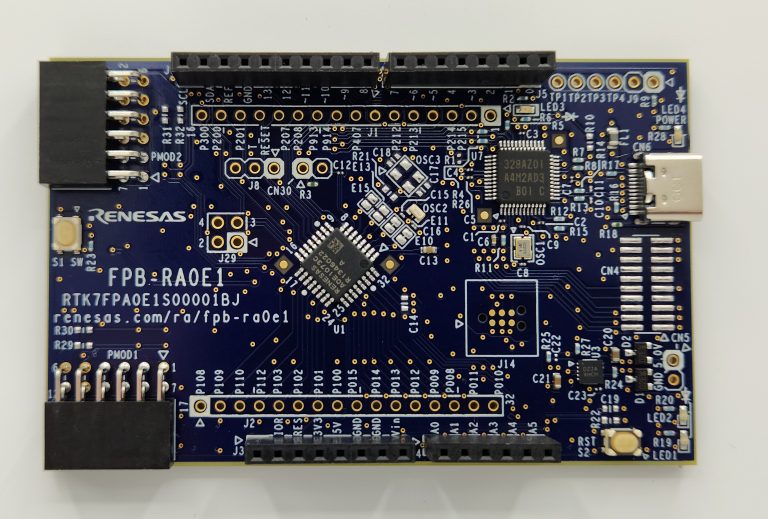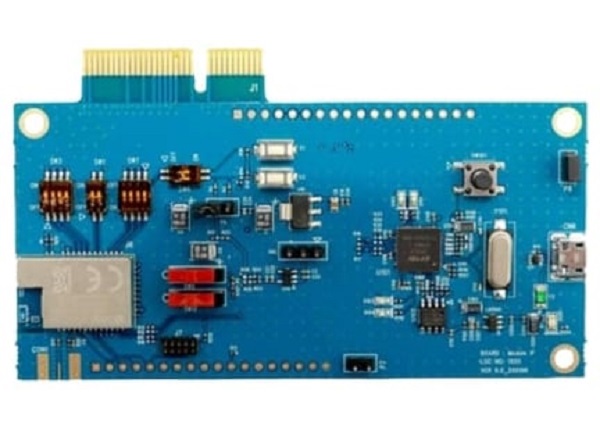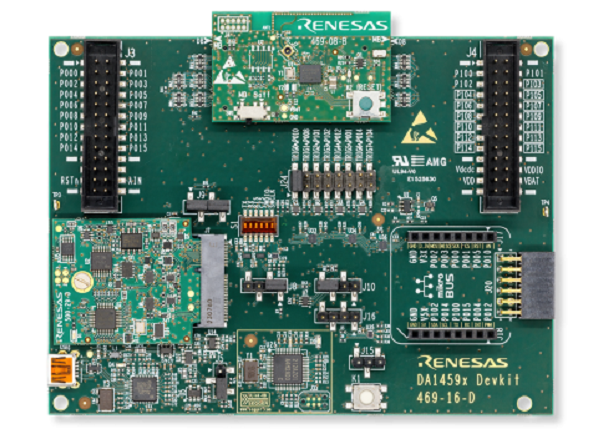Renesas
Renesas

The RZ/V2H-EVK AI MPU evaluation kit for the RZ/V2H series of vision AI microprocessors from Renesas includes a CPU board and an expansion board. The kit supports standard RZ/V2H software packages and enables easy implementation of software development tasks such as low-power AI inference and video streaming.
Additionally, this evaluation kit supports optional functions such as an image signal processor, 3D graphics engine, and trusted secure IP.






